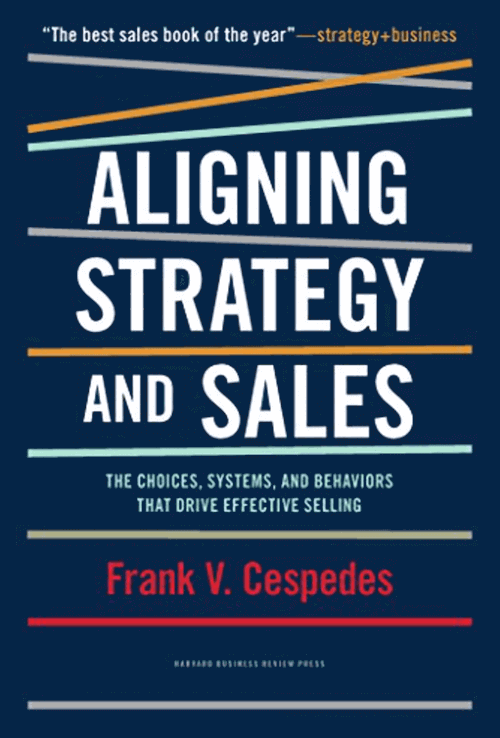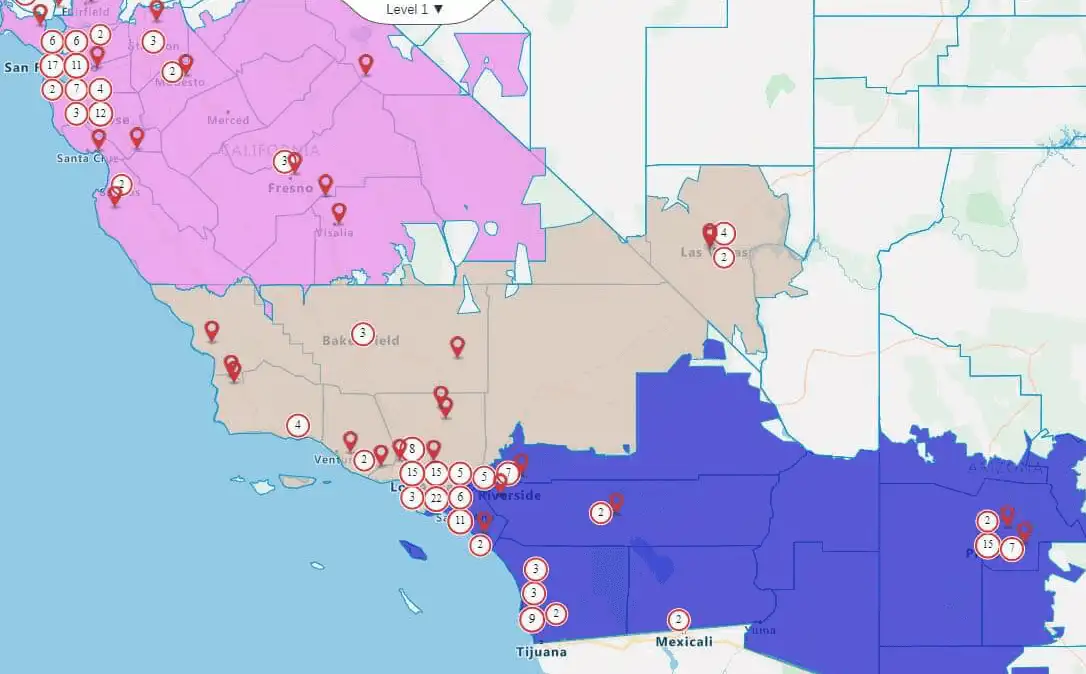Sales resource allocation is fundamental to achieving your revenue goals. It directly affects sales leaders, sales reps and customers. If you get it wrong it can hurt revenue and team morale. In turn that can damage rep retention and customer loyalty.
Sales resource planning is tough, complex and dynamic. Because it is fast-moving and involves multiple stakeholders it is critical you follow some best practices.
Use this expert guide to refine your processes and ensure you overcome all obstacles to exploiting maximum revenue from your efforts.
1. Start Early and build a regular cadence
Build a systemized calendar-driven planning cycle and involve all stakeholders early. For example, a major eSpatial customer implemented this cadence:
- July: All stakeholders meet via Zoom and brainstorm initial forecasts for the following year
- August: Sales leaders submit first sales resource forecasts to the sales operations team
- September: Sales operations create and share territory design scenarios with all stakeholders
- October: Sales leaders make final adjustments to designs and submit them for approval
- 31st October: All sales resource plans and territory designs are approved and rolled out to the team
"Growth from trends is a core leadership responsibility and should be discussed at least twice a year".
Frank V. Cespedes.
2. Focus on the trends in your data

Frank V. Cespedes in his inspiring book Aligning strategy and sales outlines some ideas to embrace.
He highlights your need to analyse your micro-markets or hotspots. Those products or services could be your future star performers. Are you identifying those micro-markets and resourcing to exploit future opportunities?
3. Use workload (Time spent per visit + travel time x Call frequency)
Workload is a simple formula that results in more equitable, balanced territories and lets you see where to increase and adjust headcounts while improving seller earnings potential. Here's the how and why of workloads.
4. Create Territories around your customers and not your reps
Optimize your sales reps locations around customers. Often sales territories are designed around the rep. And that can work. But over time it can lead to imbalance and inefficiency. Customers grow, some decline. Competition is fierce and evolving. You too need to adapt. Regular reviews of customer locations can offer insight and inform you of new approaches.
5. Implement rep weighted center points not geographical center points for new seller allocation
When hiring new sellers focus on customer weighted areas and center resources. It means more high-quality selling time. And less drivetime.

Geographic centre
Weighted centre
6. Minimize Disruption
Avoid widescale account transfers that alienate key stakeholders. It makes sense to allow for account exceptions. Some customer relations should be maintained to protect and grow revenue. An account may sit outside a logical geographic alignment. But human input from key stakeholders can balance the logic with the practicalities of winning new business. You balance the data with your intuition and experience breakthroughs.
7. Involve key stakeholders
Connect sales operations, sales leaders, marketing and customers early in your planning process. It is a winning formula for minimize disruption (best practice 6). And motivates stakeholders because they feel involved.
8. Measure the impact
Resource planning is a goal-driven process. Set goals for measuring success? Consider the impact on:
- Revenue
- Costs
- Selling time
- Quota achievements
- Customer satisfaction
- Profits
In summary
Explore our sales resource diagnostic. See how you rank on each of the 8 best practices. Identify some areas for improvement. Bridge the gap in your sales resource allocation processes with the 8 best practices. Adopt one of these ideas. Start small and build your competencies as you grow. Measure your results. Schedule regular cadences to discuss and implement these ideas.
 by
by 